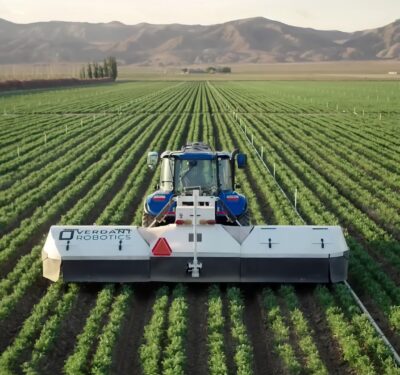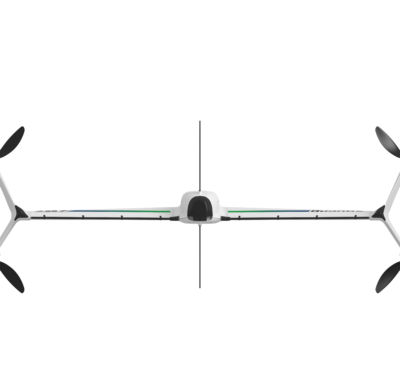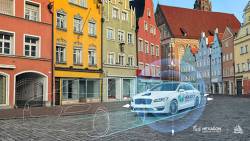
Drone created by Ford UAV Systems in Palo Alto, California. Photo: Ford
As the only automaker on the FAA’s Aviation Rulemaking Committee, Ford takes an active and engaged interest in drone development. It has launched its own internal program, designing and furnishing a basic drone platform for its research teams to use however they wish, without the initial bother of having to make their own autonomous flier. Now they can quickly test many opportunities and ideas. And Ford has filed several patent applications on various iterations or applications of its basic drone, suggesting that it will market something autonomous and airborne to its customers in the near future.
The Ford UAV research platform has a modular structure, with modifiable baseline parts necessary for autonomous flight: a flight controller, an onboard computer, a form factor to facilitate customization, and more. “At once, our platform allows iterative testing and development of hardware, software, electrical, material, structural and user interface design concepts,” wrote John Luo, Research Manager, Emerging Technology Integration; and Adi Singh, Principal Scientist, Small Unmanned Aerial Systems Integration, in a recent online blog. Both are part of the Ford Research and Advanced Engineering team.
“In this way, we are providing an environment for our teams to assess the long-term possibilities of the technology and the role they see it play in the future. And in the future, we’re planning to make this an open-source platform to allow others to take advantage of it.”
Various patent applications from the company suggest an intriguing set of roles for this drone, based on its inclusion in a car purchase package:
• an autonomous vehicle having trouble with its navigation or other sensors could summon the drone and use its sensors to fill in for the car’s if they fail.
• a humanly drive car could release the drone to hover above it as it drives, videorecording the drive for entertainment, instructional or insurance purposes
• either an autonomous or humanly operated vehicle in breakdown or distress could send up the drone as a sentinel, or as a signal-emitting beacon to guide rescuers/mechanics to the spot.
• and more possible uses are envisaged.






